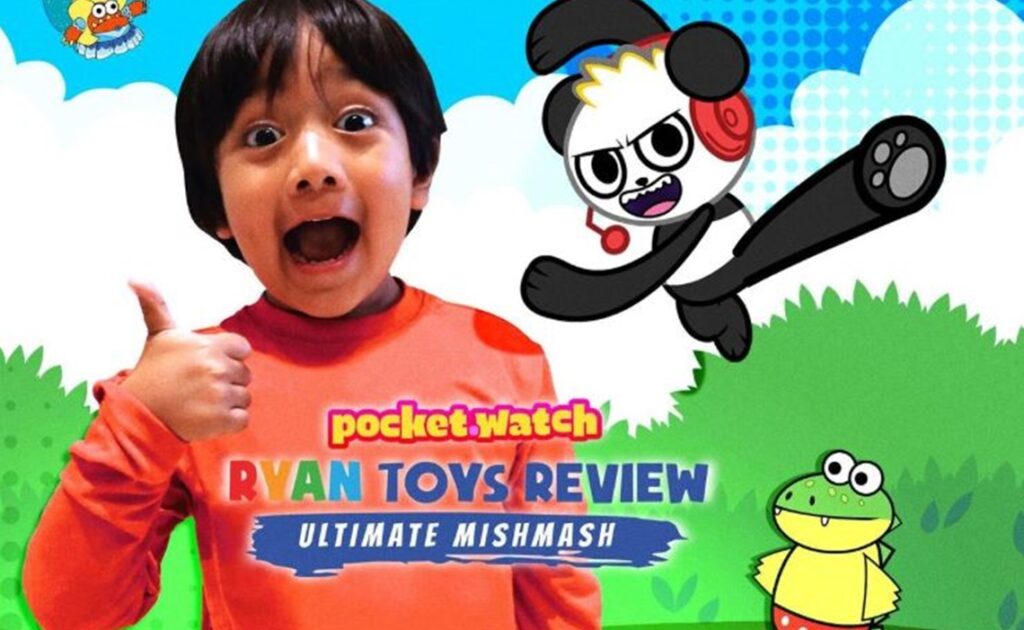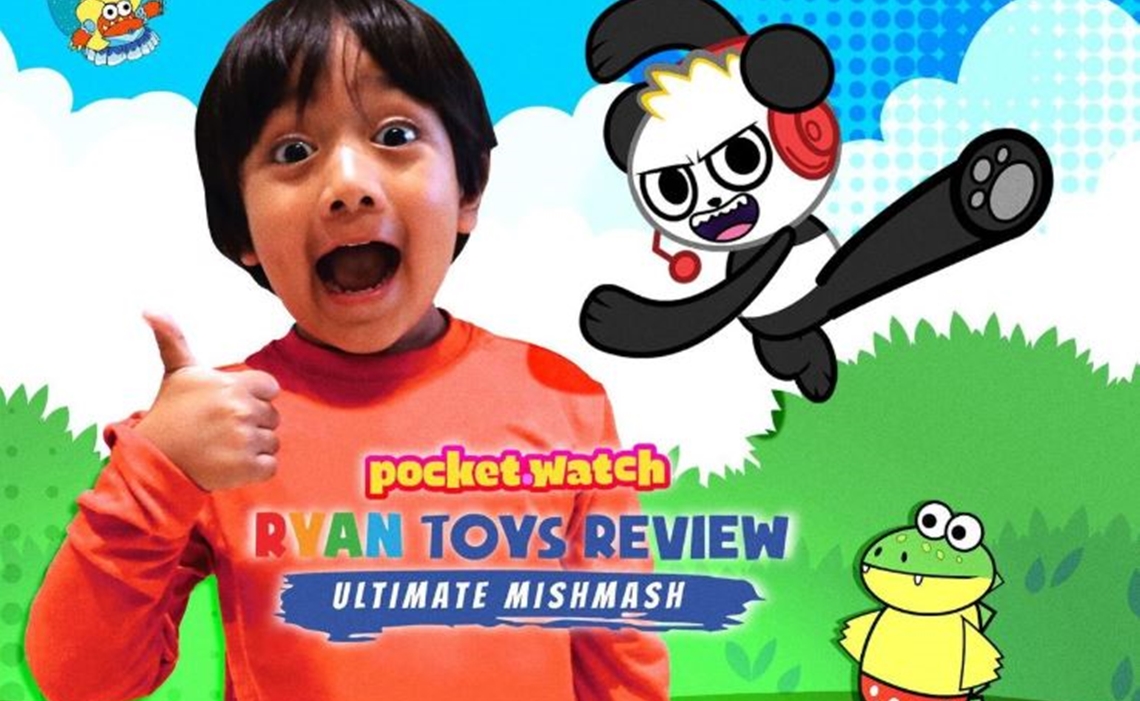
Last post, we discussed how D2C brands are uniquely exposed to existential risk due to the scope and complexity of their operations. There’s a lot going on and endless ways to end up upside down when variable expenses drive (or kill) the business.
Given the nature of the modern cloud stack, it is now practical to track unit-level revenue, costs, and margin as events occur — comparing actuals to forecast moment-by-moment and acting in real time on the information. It’s also possible to align these unit economics with customer experience so that operations decisions can be made intentionally to balance profit today with customer LTV into the future.
We’re talking about the three core cost drivers of the D2C model:
- Production including product design and manufacturing or sourcing that drives cost of goods sold (COGS).
- Digital marketing for acquisition and retention
- Fulfillment and delivery to the shopper doorstep
Let’s dive into the details!
Production: Quality, Differentiation, and Gross Margin
There’s no getting around it. Your ability to fund overall customer experience and variable expenses like digital marketing and doorstep delivery starts with the gross margin generated by your products at their landed cost of goods (in the regional warehouse) and the discounted (actual) price you’re able to command from customers.
“Your ability to fund overall customer experience and variable expenses like digital marketing and doorstep delivery starts with gross margin.”
We’ve spent a lot of time evaluating and discussing the product drivers of D2C brand success — you can review some analysis of the business variants in the SoundCommerce Guide to D2C Business Models. The old adage applies — that it doesn’t work to lose money on every order, and make it up in volume. The takeaway is that margin can come from a single hero product sale or a high-frequency subscription relationship with the shopper, but it needs to come from somewhere.
Digital Marketing
At the most basic level, your digital marketing budget is the variable cost to acquire an order, and acquire and retain (or reengage) a customer. Beyond that, it’s the dollars you spend building your brand through paid, earned, and owned channels — and the compelling, engaging content necessary to populate these channels.
Most brands (and retailers) today are pretty good at managing acquisition cost at the order level (CPO). Things get more challenging when it comes to layering in retention spend and aligning both with an individual customer. There’s an entire industry dedicated to attribution modeling and science — ascribing credit where credit is due. Google Analytics is getting better at multi-step and multi-channel funnels. If you can allocate spend at the order level, that’s a great first step.
“Things get more challenging when it comes to layering in retention spend and aligning both with an individual customer.”
To get to a true Cost to Acquire a Customer (CAC) or better yet Cost to Acquire and Retain the Customer (CARC?!) though, you’ll need to cluster lifetime order history and attach this unique order history to each named account. From there you can assign the order-level spend to the customer — and know your CAC, CARC, and LTV.
Doorstep Delivery
With Amazon’s announcement of one-day Prime shipping, the doorstep delivery stakes just got higher for every brand and retailer. Your variable fulfillment expense will generally include three major components: customization (assembly, engraving, gift cards and wrap, etc.), fulfillment (pick and pack), and carrier delivery fees. Nominal variable costs typically include packaging materials. Don’t forget customer service and reverse logistics (returns processing). Major fixed expenses will be your cost of distribution center floor space and your operations leadership.
The most important question regarding fulfillment approach is whether you will own (or lease) and operate your own warehouse(s), fulfill from retail store locations, or partner with a 3PL or distributed D2C fulfillment partner. In the first two scenarios, the upside is control over shopper experience including packaging, in-ship benefits like samples and promos, and the ability to really differentiate through the unboxing experience. 3PLs make it easy to distribute inventory through (assuming you have the depth and a manageable assortment), and reduce the fixed infrastructure cap-ex associated with standing up warehouses.
“Every order picked, packed, and shipped is an opportunity to delight the customer — or maximize profit — but not both.”
Regardless of approach, every order picked, packed, and shipped is an opportunity to delight the customer — or maximize profit — but generally not both. Shipping and other variable service fees can offset costs but will impact conversion rate and customer RFM (recency, frequency, and monetary value aka AOV).
“Is your doorstep delivery experience an investment in customer LTV (long term thinking) or a profit center (short term gain)?”
Is your doorstep delivery experience an investment in customer LTV (long term thinking) or a profit center (short term gain)?
The Balancing Act
The best D2C consumer brands consider every step of the operations value chain as an opportunity to strike an intentional balance between short-term profits at the order level and long-term value driven by customer experience.
“Let’s get strategic about where you prioritize profit today, and invest in customer equity for tomorrow.”
Contact SoundCommerce today to enable real-time and predictive decisioning across production, digital marketing, and doorstep delivery. Let’s get strategic about where you prioritize profit today, and invest in customer equity for tomorrow.

